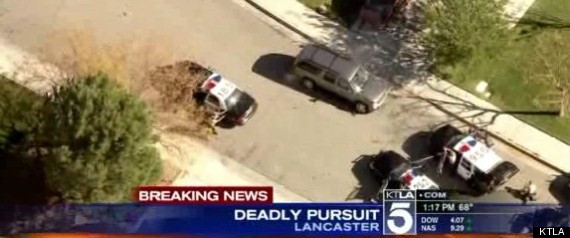An
asset for any police officer is the ability to know when someone is lying. Sometimes lies can be revealed when a suspect
contradicts himself or provides implausible explanations. But one of the best ways to detect lies are nonverbal
cues that reveal the stress accompanying deception. Many aspects of our bodily functions and
other physical behaviors are beyond our control. We cannot keep out
bodies from perspiring or slow down our pulse rate during physical exertion or
moments of stress. It is because most suspects cannot control these actions
that these cues are such effective indicators of deception.
The
physical behavioral indicators described below are just some of many. They
are highly effective in helping officers detect criminal activity and
protect themselves from danger. They go beyond the simple nervousness one
might experience in a 'normal' encounter with an officer, such as a traffic
violation.
NO-LOOK
MANEUVER: This signal occurs before the encounter ever takes place.
At an intersection, for example, a motorist absolutely refuses to look towards
the officer. An offender who has something to hide will resort to
exaggerated effort to avoid direct eye contact with a police officer in a
chance encounter.
RESTLESSNESS:
A high level of stress often causes a person to be very fidgety, shifting
positions frequently, pacing, crossing and uncrossing arms. A stressed
person may also try to move away, attempting to increase their comfort zone in
order to reduce the anxiety.
FALSE
FATIGUE: Signs of fatigue may actually be efforts by the body to relieve
stress. Frequent yawning and sighing are good stress relievers in these
circumstances.


